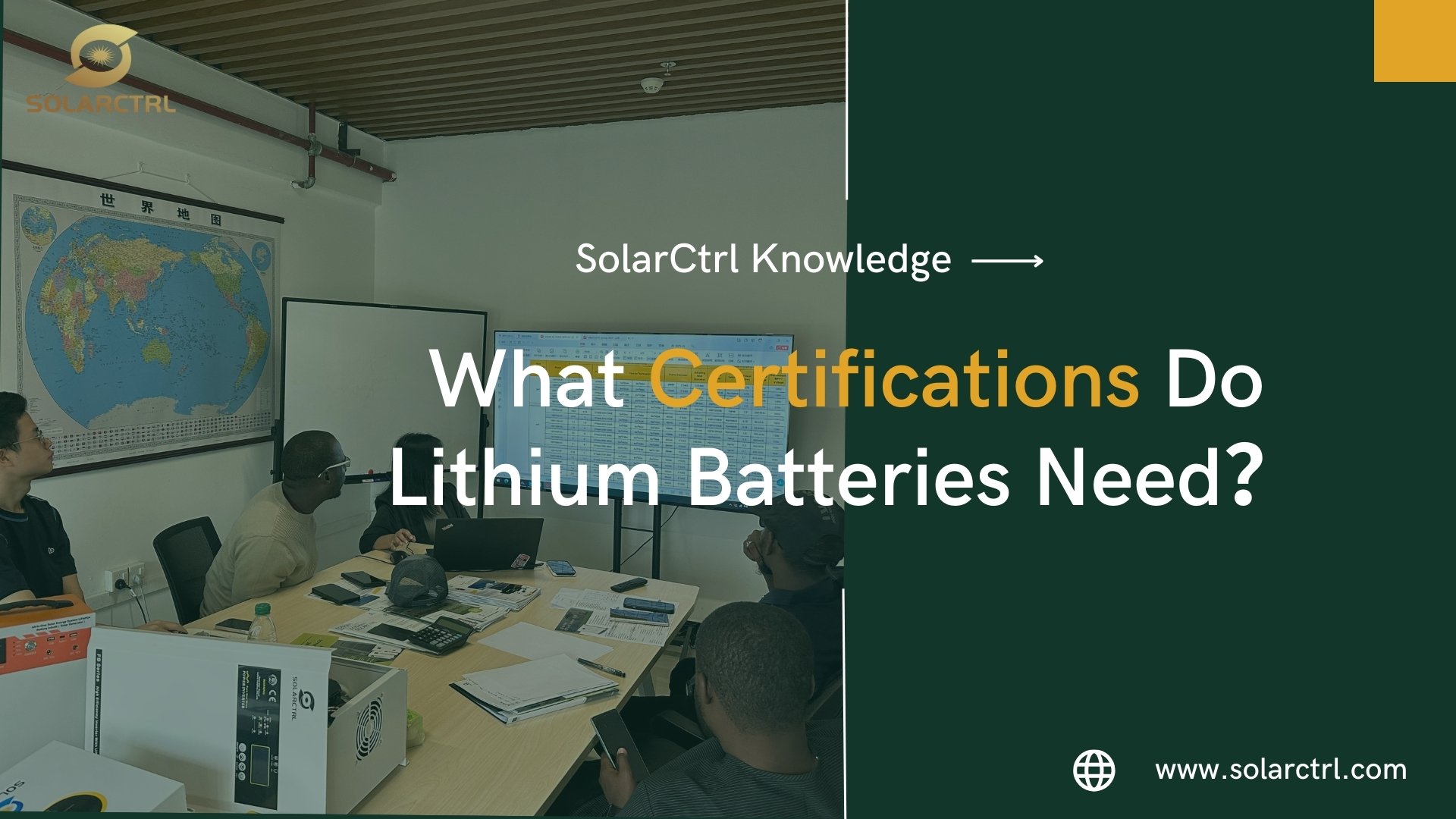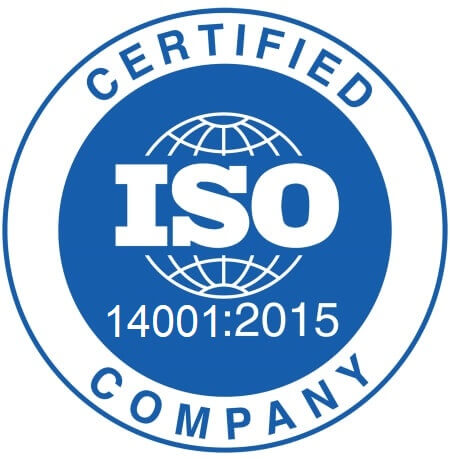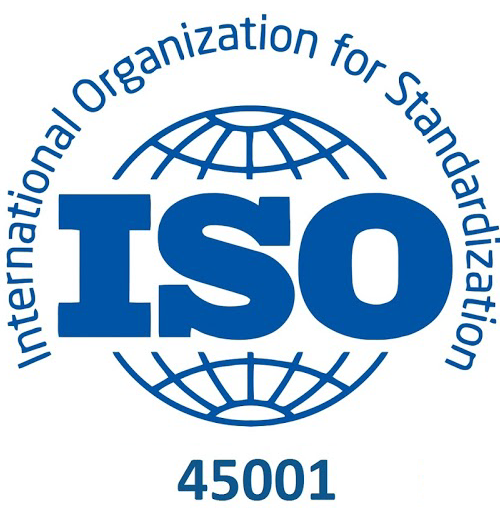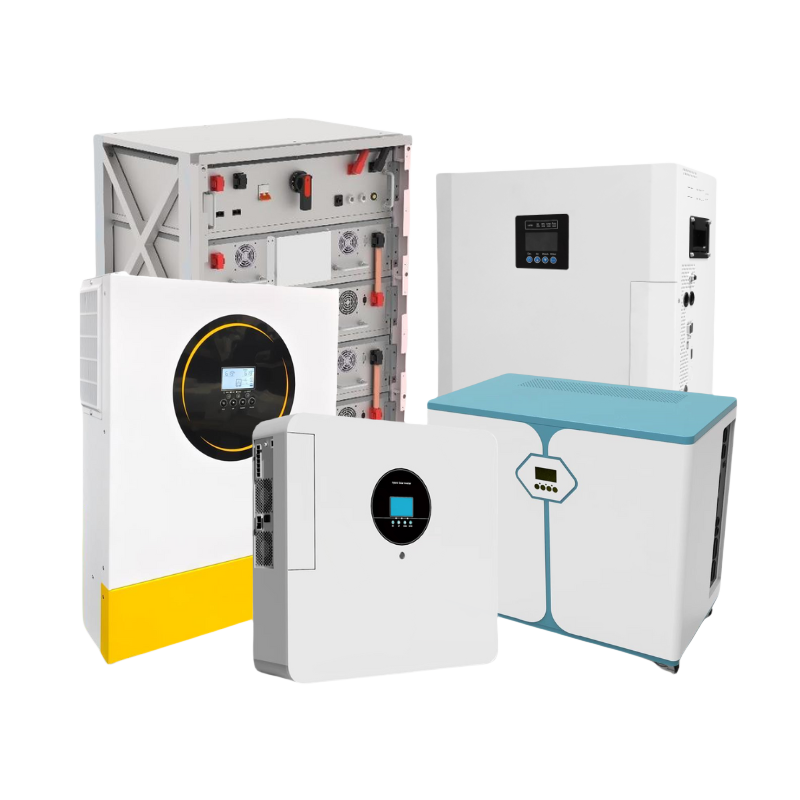Introduction
Lithium battery certifications confirm that batteries meet safety, transport, and environmental standards. The most recognized ones include UN38.3 (transport safety), IEC 62133 / IEC 62619 (international safety standards), and UL 1642 / UL 1973 / UL 9540A (North American compliance). Some are legally required—especially for shipping—while others depend on how and where the battery is used.
In this article, we’ll break down what these certifications really mean, how they work, and which ones are essential for your business—particularly if you’re involved in solar energy, electronics, or energy storage.
1. Why Certifications Matter
Lithium batteries store high amounts of energy in compact form, which makes them efficient but also potentially hazardous if not properly designed or tested. Certifications exist to ensure that each battery performs safely under stress, transport, and usage conditions. They verify that every component, from the cells to the BMS, meets strict international safety standards and will not fail under abnormal environments such as extreme temperatures, mechanical shock, or electrical abuse.
Key benefits of certification include:
Safety assurance: Tests confirm that the battery can withstand overcharging, vibration, and temperature variations without explosion or leakage. Certifications also validate thermal stability and internal protection mechanisms, reducing the risk of fire or system failure.
Legal compliance: Certified batteries can be legally sold and shipped internationally. Many countries require documented proof of compliance before granting import approvals or releasing goods from customs inspection.
Market access: Many regions, such as the EU or the US, require certified products before customs clearance. Without the correct certifications, shipments may be detained, rejected, or returned to origin.
Brand credibility: Certification logos from organizations like UL or TUV immediately boost customer confidence. They signal professionalism and reliability, which is especially valuable in competitive solar and electronics markets.
For solar distributors and installers, choosing certified batteries reduces warranty claims, improves project safety, and ensures eligibility for government subsidies or tenders that require compliant components. Certified products also help maintain long-term customer trust and reduce operational risks during installation and maintenance.

2. Are Lithium Battery Certifications Mandatory?
Not all certifications are mandatory—but some absolutely are. Whether you must have certain certifications depends on three main factors:
2.1)Purpose of the battery: Is it used in consumer electronics, industrial systems, or solar storage? Different applications fall under different safety frameworks, and high-capacity batteries used in energy storage typically require stricter, system-level certifications.
2.2)Destination market: Different regions have specific requirements (for instance, UL in North America and CE/RoHS in the EU). Some markets even require country-specific testing or documentation before allowing commercial distribution.
2.3)Transportation method: UN38.3 is mandatory for all air, sea, and land shipments of lithium batteries worldwide. Carriers will not accept shipments without valid UN38.3 documentation, and customs may request reports at any time.
Mandatory Certifications (Globally Recognized)
- UN38.3: Required for all lithium batteries during transport.
- MSDS/SDS: Required for customs and shipping documentation, providing chemical safety information.
Commonly Required for Market Entry
- IEC 62133 / IEC 62619: International safety and performance standards for consumer and industrial batteries.
- UL 1973 / UL 9540A: Safety certification for North American stationary and storage systems.
- CE and RoHS: Environmental and electrical compliance in Europe, ensuring safe materials and proper manufacturing practices.
While smaller sellers sometimes skip certifications to save costs, doing so can be risky. Non-compliant shipments are often detained or destroyed, and distributors can face legal penalties if uncertified products cause safety accidents. Lack of certification may also block access to major retailers, government projects, or utility-scale installations, limiting long-term business growth.
3. Global Certification Landscape
Each certification targets specific aspects of safety or market access. Below are the most important ones to understand:
3.1) UN38.3 – Transportation Safety Standard
All lithium batteries must pass UN38.3 testing before being shipped internationally. It ensures that batteries can endure extreme conditions during transport and will not leak, vent, or catch fire under mechanical, thermal, or electrical stress. This standard applies to individual cells, battery packs, and embedded batteries in electronic devices.
Key tests include:
- Altitude simulation: Ensures stability in low-pressure environments during air transport.
- Thermal cycling: Evaluates durability under rapid temperature changes.
- Vibration and shock: Simulates rough handling and transportation vibrations.
- External short circuit and impact: Confirms the battery can resist sudden current flow or physical damage.
- Overcharge and forced discharge: Tests for electrical abuse tolerance to prevent explosion or swelling.
Without UN38.3, airlines, couriers, and ports will reject your shipment. Always request the official UN38.3 test report with reference numbers and date of issue, and ensure the report matches your exact battery model and specifications.
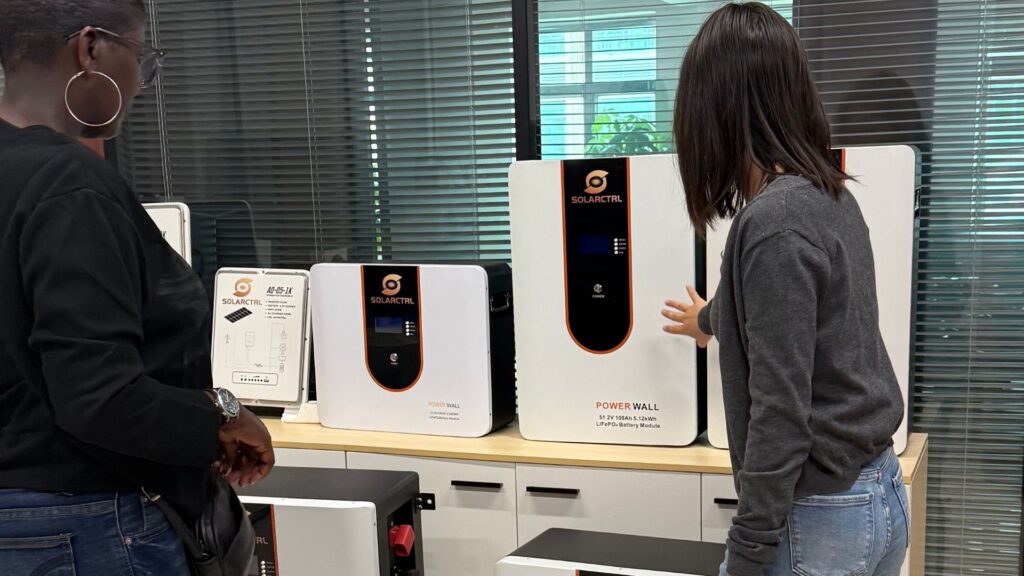
3.2) IEC 62133 / IEC 62619 – International Safety Standards
IEC 62133: Focused on portable lithium-ion batteries (phones, laptops). It is one of the most widely adopted standards for consumer electronics and is a common requirement in Asia, Europe, and Middle Eastern markets.
IEC 62619: Designed for industrial and solar energy storage applications. This standard evaluates the safety of higher-capacity lithium batteries used in telecom, UPS systems, and renewable-energy storage.
These standards evaluate:
- Cell construction and insulation: Proper separator and electrode design.
- Overcharge/short-circuit resistance: Ensures safe electrical operation.
- Thermal and vibration endurance: Validates resistance to physical stress.
- Electrical protection systems (BMS): Confirms that the battery pack includes accurate monitoring and cutoff functions.
IEC 62619 is especially important for LiFePO₄ batteries used in solar systems, ensuring both cell-level and pack-level safety and compliance with global industrial requirements.
3.3) UL 1642 / UL 1973 / UL 9540A – North American Standards
UL 1642: Covers individual lithium cells and tests their reaction to extreme electrical and mechanical conditions.
UL 1973: Covers battery packs for stationary energy storage and EV auxiliary systems, validating long-term operational reliability.
UL 9540A: Tests the complete system for fire and thermal propagation, often required for permitting of large energy storage systems.
UL certifications are essential for batteries installed in buildings or grid-connected systems in the US and Canada. UL 9540A, in particular, focuses on preventing chain reactions in large storage systems and is increasingly required by fire departments and utility authorities.
3.4) CE and RoHS – European Compliance
CE (Conformité Européenne): Confirms the product meets EU safety and performance directives, including electrical safety, EMC, and environmental protection.
RoHS: Restricts hazardous substances like lead, mercury, cadmium, and certain flame retardants to ensure safer manufacturing and easier recycling.
These certifications are mandatory for batteries sold in the European market and demonstrate eco-friendly manufacturing practices and adherence to EU regulatory frameworks.
3.5) CB Scheme and MSDS/SDS
CB Scheme: Facilitates international recognition of test results among 50+ member countries, reducing duplicated testing and expediting global approvals.
MSDS/SDS: Provides chemical composition, hazard information, and emergency response data—crucial for logistics, customs, warehousing, and workplace safety.

4. Certification Testing Procedures
Obtaining a certification isn’t just paperwork; it involves a detailed and highly controlled testing workflow designed to verify safety, reliability, and compliance. Each certification body follows strict protocols to ensure that the battery model being tested accurately represents what will be sold in the market.
Step 1: Sample Submission
Manufacturers send representative battery samples, technical drawings, electrical schematics, and specifications to an accredited laboratory. The samples must match the production version exactly, as any variation may invalidate the test results.
Step 2: Documentation Review
The lab conducts a technical assessment of design information, including nominal voltage, capacity, materials, BMS settings, and safety circuitry. This review ensures the battery is built according to international standards before physical testing begins.
Step 3: Testing Phase
Samples are exposed to extreme conditions such as high/low temperatures, vibration, crushing, short-circuit, and overcharge. Some certifications require destructive testing to evaluate failure behavior. Any safety-related malfunction requires redesign and retesting.
Step 4: Reporting and Evaluation
After completing all tests, the laboratory issues a formal Test Report and Certificate of Conformity. These documents specify the tested model, test conditions, and compliance outcome.
Step 5: Periodic Renewal and Factory Audits
Many certifications require ongoing audits or annual surveillance testing to ensure that mass production remains consistent with the tested samples.
Typical Duration
Certification timelines vary depending on the complexity of the battery system, the type of tests required, and the laboratory’s workload. In general, transportation and basic compliance tests are faster, while system-level certifications take significantly longer due to multi-stage evaluations.
- UN38.3: 4–6 weeks, as it involves a defined sequence of mechanical, thermal, and electrical abuse tests.
- IEC 62619: 2–3 months, including cell-level and pack-level safety verification.
- UL 9540A: 3–6 months, since it requires full fire-propagation testing of the entire energy storage system.
- CE/RoHS: 2–4 weeks, focusing on documentation review and environmental compliance testing.
Typical Cost
Certification costs depend on battery size, chemistry, and required standards. Small portable batteries may only require basic testing, while large energy-storage systems involve expensive system-level evaluations. On average, manufacturers should expect USD 20,000–100,000 for a full certification package covering global compliance.

5. Application-Specific Certification Requirements
The right combination of certifications depends heavily on how and where the battery will be used. Different industries have distinct safety, environmental, and performance requirements, meaning a certification suitable for consumer electronics may not be sufficient for industrial or solar applications.
| Application | Key Certifications | Purpose |
| Consumer electronics | UN38.3, IEC 62133, CE, RoHS | Safety, transport, EU compliance |
| Solar energy storage | UN38.3, IEC 62619, UL 1973/9540A, CE | Industrial and residential system safety |
| Electric vehicles (EVs) | UN38.3, UL 2580, ISO 12405 | EV battery system safety |
| Telecom backup | UN38.3, IEC 62619 | Industrial and telecom safety |
| Portable medical devices | UN38.3, IEC 62133, CB Scheme | High-reliability performance |
Choosing the correct set of certifications ensures smooth customs clearance, reduces installation risks, and guarantees compatibility with local laws and industry requirements.
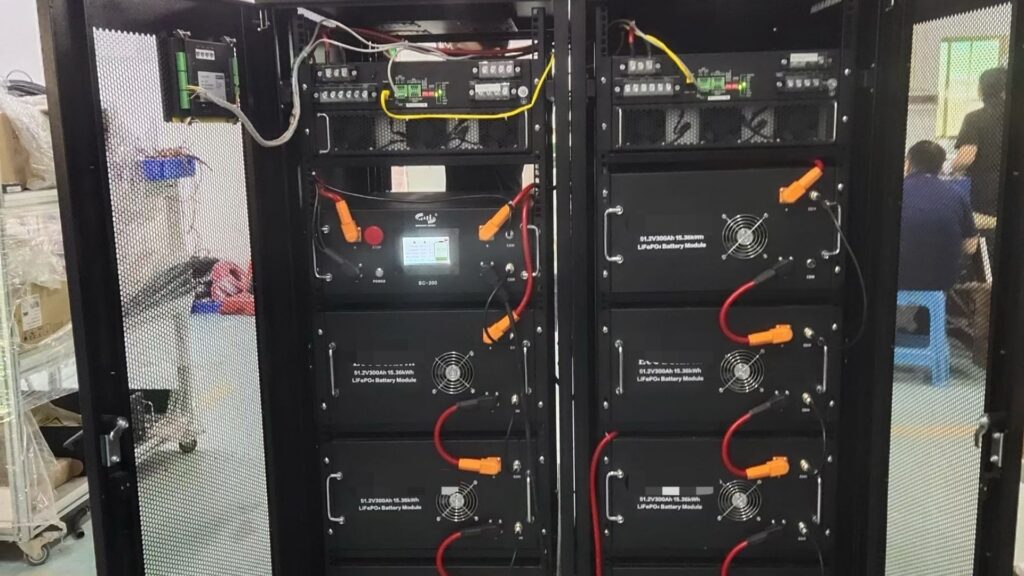
6. The Lithium Battery Shipping Regulations in 2025
Transportation remains one of the most strictly regulated aspects of lithium battery trade. In 2025, global shipping authorities, including the International Air Transport Association (IATA) and International Maritime Organization (IMO), are enforcing even tighter restrictions to enhance safety. These rules apply to standalone batteries, batteries packed with equipment, and batteries contained in equipment, regardless of chemistry or capacity.
a) Air Transport (IATA DGR 2025 Update)
Batteries must pass UN38.3 and include MSDS/SDS documentation. Airlines increasingly request full test reports, not just summary certificates, to verify authenticity.
Packaging must meet PI 965–970 requirements depending on battery type and configuration. This includes using UN-approved packaging, internal protection against movement, and insulating terminals to prevent short circuits.
State of charge (SOC) for air transport must not exceed 30% for standalone batteries to reduce thermal runaway risk during flight.
Shippers must provide a Dangerous Goods Declaration (DGD), and staff involved in packaging must hold valid IATA dangerous goods training certifications.
Failure to meet these requirements can lead to shipment rejection, penalties, and even permanent blacklisting of the supplier by carriers or freight forwarders.
b) Sea and Land Transport (IMDG Code & ADR Regulations)
The IMDG Code (2025 edition) classifies lithium batteries as Class 9 Dangerous Goods, requiring strict handling, segregation, and storage procedures during maritime transport.
Proper labeling (UN3480 or UN3481) and documentation are mandatory, including hazard labels, UN numbers, and packing certificates.
Road transport in regions like the EU must follow ADR 2025 guidelines for hazardous goods, covering vehicle requirements, driver certification, and emergency response obligations.
c) Packaging and Labeling Updates
Packages must carry updated lithium battery handling labels with clear contact information for emergencies.
Outer packaging should withstand 1.2-meter drops without leakage or short-circuit to meet UN performance standards.
Each carton must be capable of passing vibration and compression tests under UN criteria to simulate real transport conditions.
In short, compliance with updated 2025 shipping rules depends on having both valid UN38.3 certification and proper labeling and documentation for every shipment—no exceptions.

Conclusion
Lithium battery certifications protect your business, your customers, and your brand reputation. They ensure that your products are safe, legally compliant, and accepted across global markets.
Whether you are a manufacturer, installer, or reseller, understanding and verifying these certifications will save you from customs delays, safety liabilities, and financial losses.
If you’re sourcing certified LiFePO₄ batteries for solar or energy storage projects, choose a manufacturer that invests in compliance from the start. SolarCtrl provides fully certified batteries tested under UN38.3, IEC 62619, UL 1973, and CE/RoHS standards—ensuring reliability, safety, and peace of mind for every shipment.
FAQs
1. How often do lithium battery certifications need to be renewed?
Most certifications do not expire automatically, but many require periodic factory audits or retesting—typically every 12 to 24 months—to maintain validity.
2. What happens if a battery model is modified after certification?
Any change in cell type, BMS design, casing, or internal structure usually requires partial or full retesting, because certification only applies to the exact tested model.
3. Do small-capacity lithium batteries need certification?
Yes. Even small batteries (such as those under 100 Wh) still require UN38.3 for transport and may need IEC 62133 or CE/RoHS for market access.
4. Can a supplier use the same certification for multiple battery models?
No. Certifications apply only to the specific model number tested. Using one certificate for multiple models is considered non-compliance.
5. How do customs authorities verify battery certifications?
Officials often check certificate numbers, issuing labs, and model details against online databases. Suspicious documents may lead to inspection delays or shipment seizure.
6. Can uncertified lithium batteries be shipped as “consumer goods” to bypass regulations?
No. Lithium batteries are classified as dangerous goods regardless of packaging, and UN38.3 compliance is always required for transport.
7. Is there a certification specifically for battery BMS systems?
Yes. Many system-level standards—such as UL 1973 and IEC 62619—include dedicated testing sections for BMS accuracy, cutoff performance, and fault handling.
8. Does having CE certification automatically mean the battery is safe?
Not necessarily. CE is a compliance declaration and may not involve third-party testing. For full safety validation, IEC or UL certifications are often required.
9. Do energy storage systems require additional certifications beyond the battery?
Yes. Complete ESS installations often require UL 9540, fire-safety evaluation, local grid-connection approvals, and sometimes building-permit certifications depending on the region.

